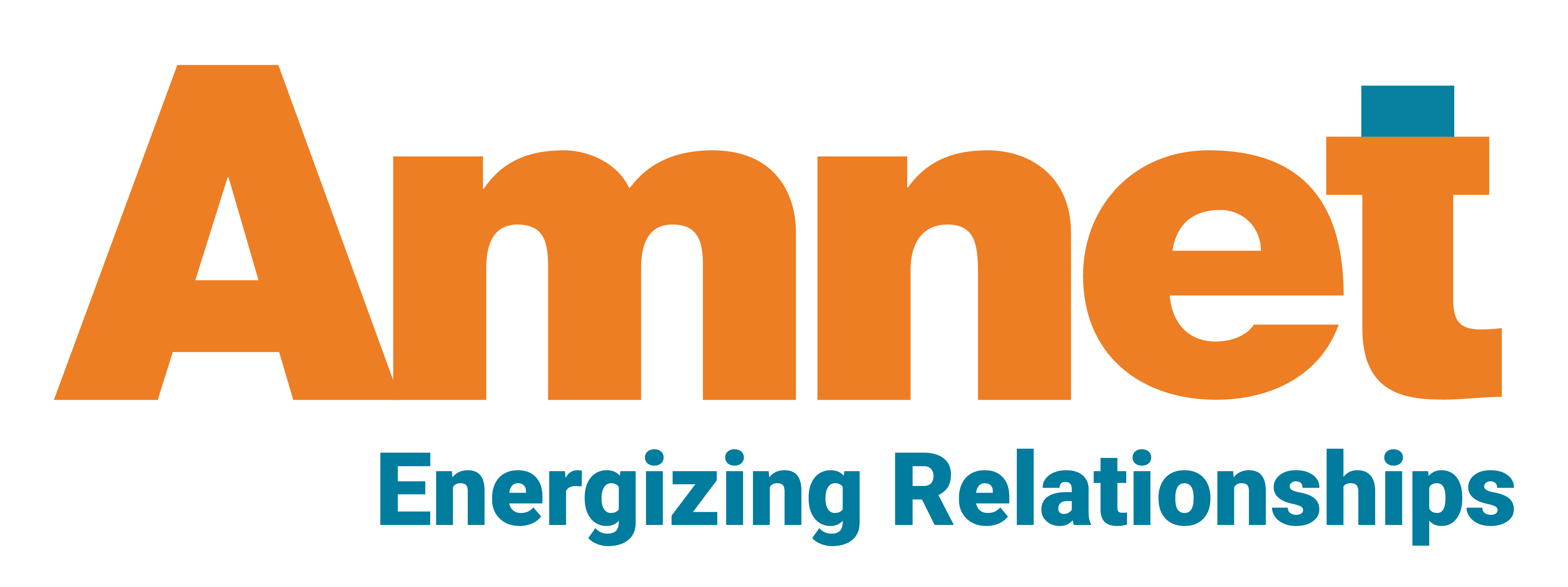Prior to the beginning of every term at U.S. colleges and universities, staff in Disability Resources (DR) offices begin the process of trying to obtain or create accessible instructional materials for students with print disabilities. As other students head to the bookstore to purchase their textbooks or course packs, either in person or online, students with print disabilities are required to take the extra step of making requests for their materials to be converted into formats they can access. If those students, the DR office at their school, and faculty are proactive, the student may have their course materials at the start of the semester just like all of their nondisabled peers. However, any breakdown in that process, late changes and choices, or an inability to get appropriate versions of instructional materials for conversion can leave a student waiting into the term to get materials, causing them to fall behind. In a sixteen-week semester, a ten-week trimester, or an eight-week quarter, every day that the student does not have access to their course materials puts them in a bind. For students with print disabilities a delay can mean the difference between success and failure.
Unfortunately, most publisher-provided content is not born accessible and ready for use by students with print disabilities. This requires DR offices to request electronic versions of materials from publishers that they then must remediate themselves. Some publishers cannot provide appropriate versions or do not respond to requests. In those cases schools do even more work themselves. Some publications, especially STEM titles, require custom work and faculty consultations to translate or interpret images, graphs, or other supplementary materials embedded in the text, or to convert the publisher supplied PDF into the needed file format. Multimedia materials present special challenges, such as transcribing subtitles for video or creating new versions with voiced descriptions for visual components. Despite all these challenges, the work of reformatting and delivering these materials to print-disabled students rests in the institution’s DR office.
The scale of these services can range from a single student to thousands of students. Each student makes a request based on their individual course of study. A single class may be one large textbook, dozens of scholarly articles, a stack of early American novels, or an infinite number of other variations. The vast range of course subjects and pedagogical approaches is a cornerstone of American higher education. The innumerable curricular differences between institutions is also valued. In the context of accessibility, this academic freedom creates a cost in terms of meeting the accommodation requests of students.
The challenges for schools and students with respect to supplying accessible instructional materials have been well documented. In 2011 the Report of the Advisory Commission on Accessible Instructional Materials in Post secondary Education for Students with Disabilities (AIM Commission Report, 2011) studied the state of accessible materials and made eighteen recommendations to the U.S. Congress. Unfortunately, little has changed since the time of the Commission’s report even though efforts to move to born accessible workflows and formats, especially accessible EPUB3, have been gaining momentum. At this point so few titles are commercially available in an accessible format that this challenge remains for students and higher education as a whole.
In DR offices across the country a typical workflow for generating accessible instructional materials generally follows these steps:
- Each semester, students notify DR that they wish to use the services for accessible instructional materials and provide information about the courses they are taking.
- DR researches which materials need to be provided in alternative form and check to see if accessible versions are available. If a ready version is unavailable, DR searches for a version that can be easily modified. The search frequently starts with sources of ready materials, such as titles available from Reading Ally or Bookshare. In some cases, a school will ask on professional listservs if anyone has already modified a particular text and can share a copy. The second attempt is to acquire a copy from the publisher. DR staff identify contacts at the publishing house, make the request, and hope for a timely response. A major vehicle for this is the Accesstext Network, which serves as a middleman between DR offices and major textbook publishers. Some publishers will provide an electronic version of the text. Others will provide a basic image or low-quality copy of the final text. Still others may deny a request. The time frame for a response varies widely.
- If an electronic copy of a text is unavailable or of very poor quality, or if the publisher does not respond, a school will obtain a print copy and scan it, often resorting to cutting the binding of the text to obtain a good scan. The scan is run through optical character recognition (OCR) software and then further modified.
- Each student is served individually, so the processing of the digital file will depend on the needed output for the student. In some institutions, DR has established standard file formats from which students can choose. Other institutions will adapt their work to the student’s preferences. For example, a blind student may want some text in braille but other text provided in a structured Microsoft Word document. A student with a reading disorder may want text-based electronic files to be accessed through text-to-speech software or they may want an MP3 version so they can focus on listening. External service providers may be needed to work on some projects (such as braille and video captioning) and subject experts may be needed for some materials (e.g., interpreting graphs for a prose description).
- When the copy is ready, the file is distributed to the student. These processes all take valuable time and effort. It seems odd to say but “imagine” what could be done by students and DR staff to support student access with all that time and energy. If the titles that students with print disabilities need for their courses could be purchased commercially in an accessible format, just like all their peers get to do, much of what I have outlined could go away and students with print disabilities would start the semester with access to the information and content that they need. It seems like this is actually possible if publishers would be willing to adopt workflows that produce accessible formats such as EPUB3. After all, one goal of publishing is to share knowledge. Why not share it with everyone, equitably?
Disclaimer:
This is to inform readers that the views, thoughts, and opinions expressed in the article belong solely to the author, and do not reflect the views of Amnet.
Copyright © 2023 Amnet. All rights reserved. No part of this publication may be reproduced, distributed, or transmitted in any form or by any means, including photocopying, recording, or other electronic or mechanical methods, without the prior written permission of the publisher, except in the case of brief quotations embodied in critical reviews and certain other non-commercial uses permitted by copyright law. For permission requests, write to [email protected].









